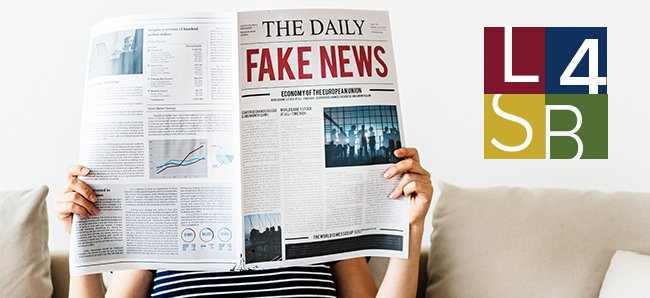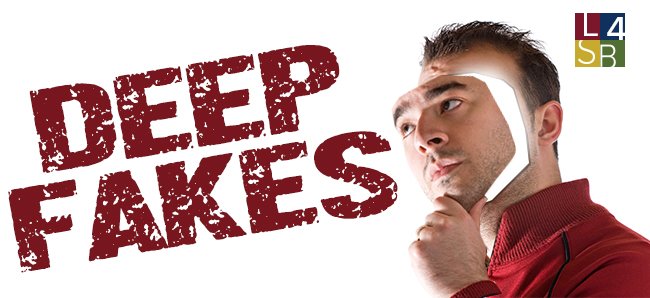It’s hard to deny our affinity for creativity when it comes to enhancing selfies, vacation photos, or everyday moments with friends. Photo alteration, or manipulation, has been around for more than a century. Ansel Adams enthusiasts know he manipulated his distinct landscape images by creating darkroom exposure techniques. These days, filters on Snapchat and Instagram let us alter our photos for whatever look we’re aiming for: younger, vintage, cat-like, you name it. Of course, this technology has given rise to ongoing debates about when image alteration crosses the line between acceptable and unethical (see this article on the debate about retouching). The latest trend in image manipulation, where images are synthesized to create “deepfake” videos, presents a mountain of ethical considerations. But those who create and view deepfakes should also be aware of the serious legal implications that accompany this rapidly-evolving technology.
Deepfakes Defined
Without getting too far into the technical weeds, deepfakes are videos of synthesized (virtual) humans created by superimposing images and videos of one human onto a set of images and videos of another human using artificial intelligence technology. Think: head of one human on the body of another human. Of course, it’s more complicated than that because deepfakes are incredibly realistic videos of people—often celebrities—engaged in doing something they never actually did in real life. The technology has become so advanced it is often nearly impossible to decipher the authenticity of the content. Deepfakes range in content from arguably comical—like the viral deepfake where Steve Buscemi’s head was superimposed on Jennifer Lawrence at the Golden Globe Awards—to political (see the deepfake of Obama superimposed on a video of Jordan Peele mocking President Trump) to pornographic. Celebrity and “revenge” pornography deepfakes superimpose images of celebrities or ex-partners onto the bodies of actors in pornographic films. Regardless of the purpose—comedy, political, or harassment—deepfakes are the subject of widespread legislation across the country and abroad.

Legal Issues
Depending on the jurisdiction, creating deepfakes currently is, or might soon be, illegal and punishable by both civil and criminal penalties. A recently-introduced congressional bill, “The Malicious Deep Fake Prohibition Act of 2018” would make it illegal to both create with the intent to distribute and to knowingly distribute deepfakes. “The DEEPFAKES Accountability Act,” introduced in June 2019, would require deepfake creators to use digital watermarks and plain text to disclose that the content was altered or synthetically generated. It also gives deepfake victims the right to sue creators. At the state level, Virginia passed a law to make it a crime (punishable by up to 12 months in prison and $2,500 in fines) to distribute non-consensual deepfakes. And other states are on track to do the same. But federal and state laws vary significantly on the actual definition of a deepfake (i.e., does it apply to all edited video content?) and whether the laws apply to all deepfakes or just those created for malicious or fraudulent purposes. This is a critical distinction for creators without malicious intent. For example, deepfake technology was used to make David Beckham appear to speak nine languages in an anti-malaria campaign and it allowed an English-speaking husband to propose to his wife in her native Mandarin language.
Of course, copyright issues also come into play with deepfakes. Although the Fair Use Doctrine provides that some copyrighted expressions like photos can be used without permission for purposes such as news reporting or education, for example, it might not provide an exception for deepfakes that have a negative effect on the market or, ironically, that don’t transform the photo enough.
Deepfake technology is evolving rapidly and so is the law governing creators and distributors. Even for creators with legitimate purposes like marketing, the law is complex and requires careful due diligence to ensure the work falls within the often not-so-clear legal boundaries. That’s where we come in.
Ready to speak with an Attorney? Contact Us or give us a call at 505.715.5700
Law 4 Small Business, P.C. (L4SB). A little law now can save a lot later. A Slingshot company.

